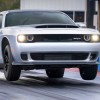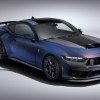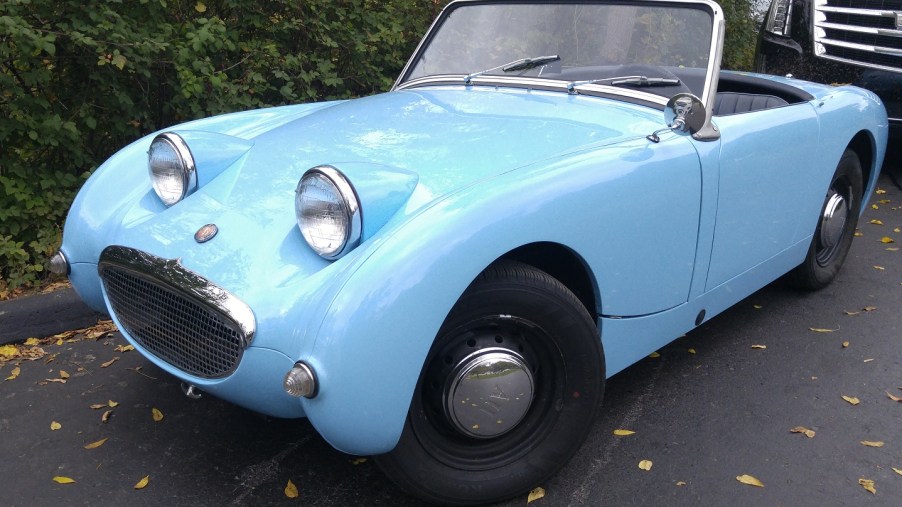
The Austin-Healey Sprite Was the Mazda Miata of the 60s
The Mazda Miata didn’t directly inspire modern sports cars like the Toyota 86 and Honda S2000. But without the Miata, they likely wouldn’t have been green-lit. And part of its popularity is accessibility. Used models are cheap, and with so many fans out there, someone has advice for whatever build you’re thinking of. But the Miata didn’t spring fully-formed out of some designer’s head. It was inspired by classic British roadsters and sports cars of the 50s and 60s. Cars like the original Seven, the MGB, and the Morgan 3-Wheeler and Plus 4. And perhaps most of all, the Austin-Healey Sprite.
Austin-Healey Sprite history
In the late 50s, Austin and Healey were part of a larger conglomerate of British automakers called, fittingly, the British Motor Corporation, Silodrome reports. Essentially, BMC was the British equivalent of what the Volkswagen Group is today. And, just like VW, many BMC cars shared designs.
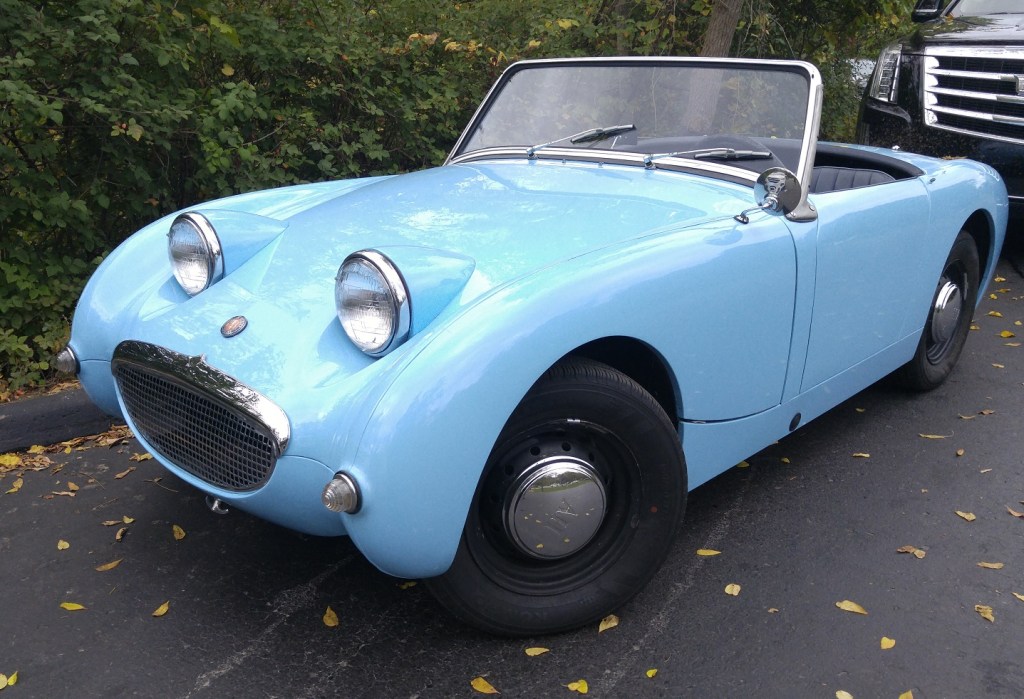
Austin and Healey had already collaborated on a few other projects before, Automobile Magazine reports. These were small 2-seat roadsters, like the 100-4 and 100-6. Healey also made larger cars, but these were expensive. Austin and Healey wanted something small and inexpensive that would be popular in both Europe and the US. And to keep costs down, said new sports car would borrow from the Austin parts bin.
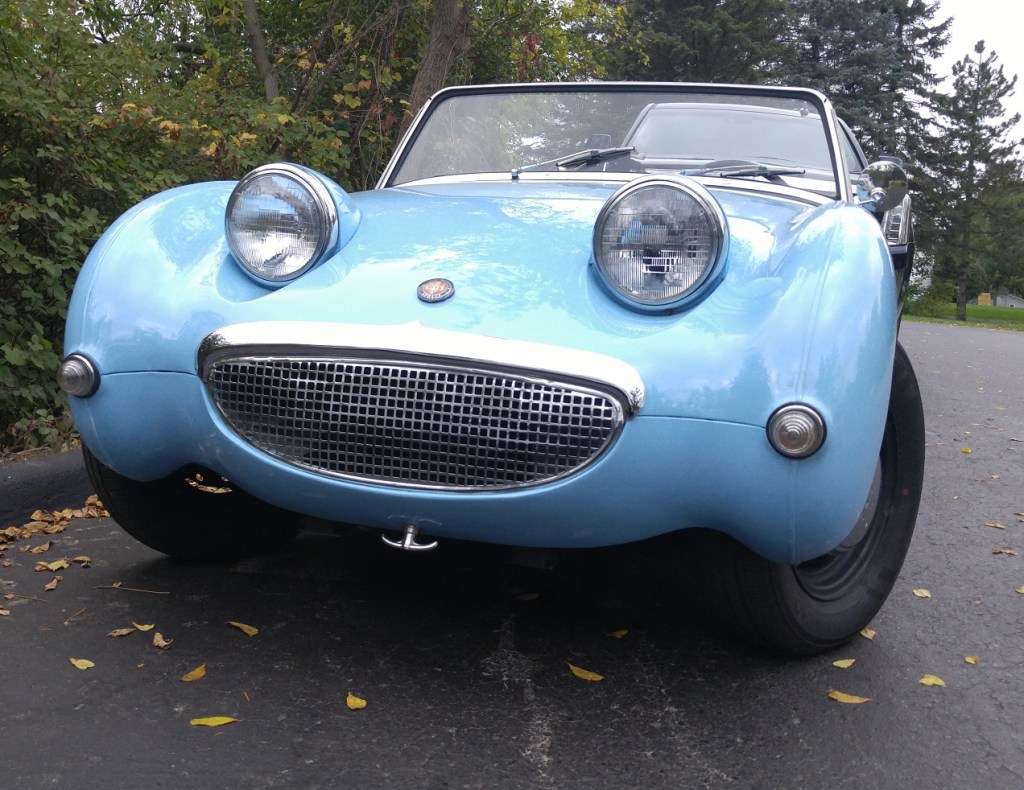
Thus, in 1959, the Austin-Healey MkI Sprite, aka ‘Bugeye’ or ‘Frogeye’, debuted. The name, Automobile explains, comes from its prominent headlights. Because of the previously-mentioned cost savings, the designers couldn’t use retractable headlights. Instead, the Austin-Healey Sprite’s headlights were fixed and jutted out from its clamshell hood. But there was another benefit besides cost: it’s impossible to look at a Sprite and not smile.
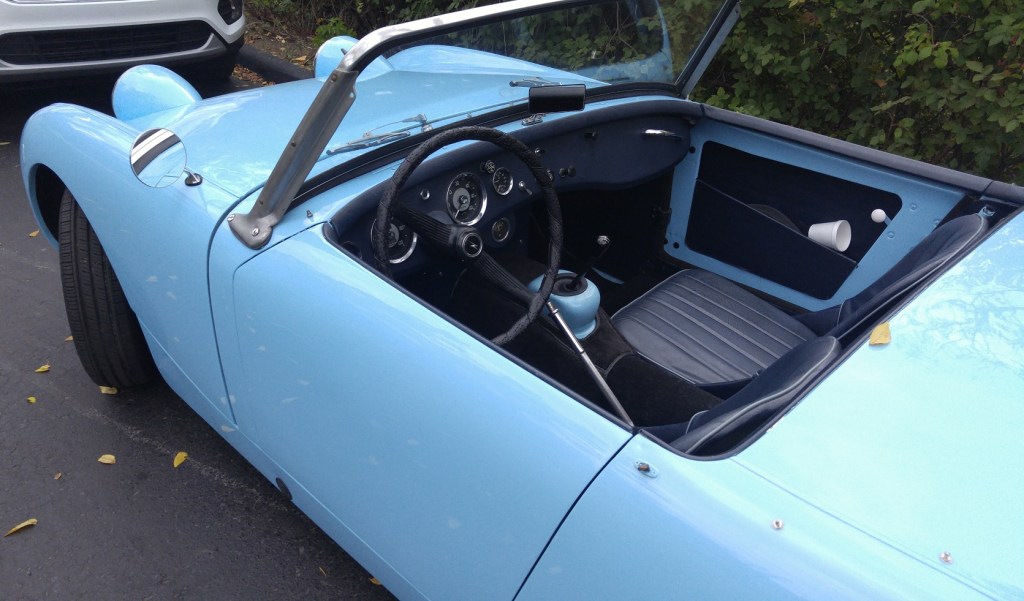
The rest of the car was fairly spartan, too. The MkI Austin-Healey Sprite didn’t even have a proper trunk, just a storage compartment behind the seats. There were no carpets, radio, or even external door handles. However, there were at least a convertible top and plastic side windows.
Like the Miata, the Sprite wasn’t particularly quick, despite only weighing 1455 pounds. Under the hood, it had a 948cc four-cylinder, which made 43 hp and 52 lb-ft. The Sprite did have a 4-speed manual, but synchromesh was only on the top 3 gears. 0-60 time was something like 20 seconds.
But then, also like the Miata, top speed and acceleration wasn’t the Austin-Healey Sprite’s goal.
Austin-Healey Sprite evolution
Originally, the 1959 Austin-Healey MkI Sprite came with drums all-around, independent front suspension, and a live rear axle. But even by modern standards, Automobile reports, the car’s steering, and handling are very good.
The Sprite did evolve over the years. 1961 saw the release of the MG version, the Midget, as well as the Sprite MkII, with new headlights, bumpers, a stiffer body, and an actual trunk. The engine was enlarged to a 56-hp 1.1-liter in 1962, which is when the Sprite got front discs and a stronger transmission.
The Austin-Healey Sprite MkIII debuted in 1964, with the engine boosted to 59 hp and 65 lb-ft. The rear suspension was upgraded, and the roadster also received wind-up glass windows and external door handles.
Then, in 1966, the final version, the MKIV arrived. This Austin-Healey Sprite received a detuned version of the contemporary Mini Cooper S’ 1.3-liter four-cylinder, rated at 65 hp and 72 lb-ft. The brakes were also upgraded. However, with the Austin-Healey partnership finished, the Sprite name vanished after 1971. From then until 1980, only the MG Midget was produced.
However, even before the MkII debuted, the Austin-Healey Sprite was already winning races.
Racing history
As a publicity stunt, 3 Austin-Healey MkI Sprites were entered into the 1959 12 Hours of Sebring. They ended up finishing 1-2-3 in their class. Later on, there would also be a fixed-roof Sebring Sprite available, with more power and upgraded front discs. One of these placed 12th overall in the 1965 24 Hours of Le Mans, Silodrome reports.
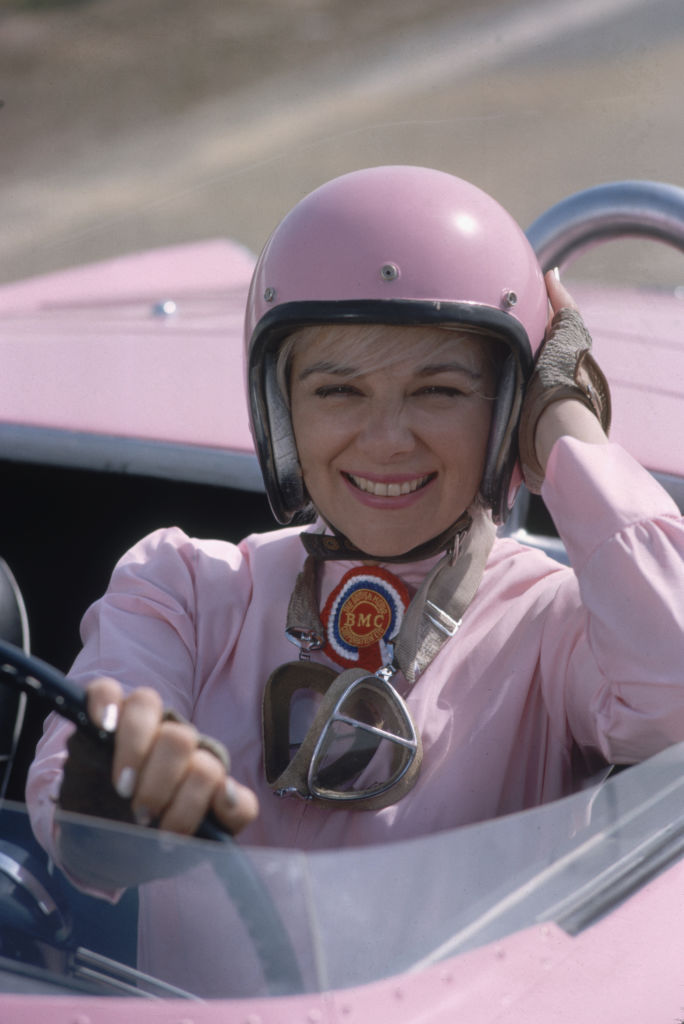
A 1959 Austin-Healey MkI Sprite was also the track car of choice for Donna Mae Mims, RM Sotheby’s reports. After modifying it, she drove it to become the first SCCA female champion in 1963. That Sprite, called ‘Think Pink’ after its paint job, raced for 25 more years in the hands of 2 successive owners.
And because of passionate fans and plentiful aftermarket parts—again, like the Miata—Austin-Healey Sprites still regularly race at places like Goodwood.
Pricing and availability
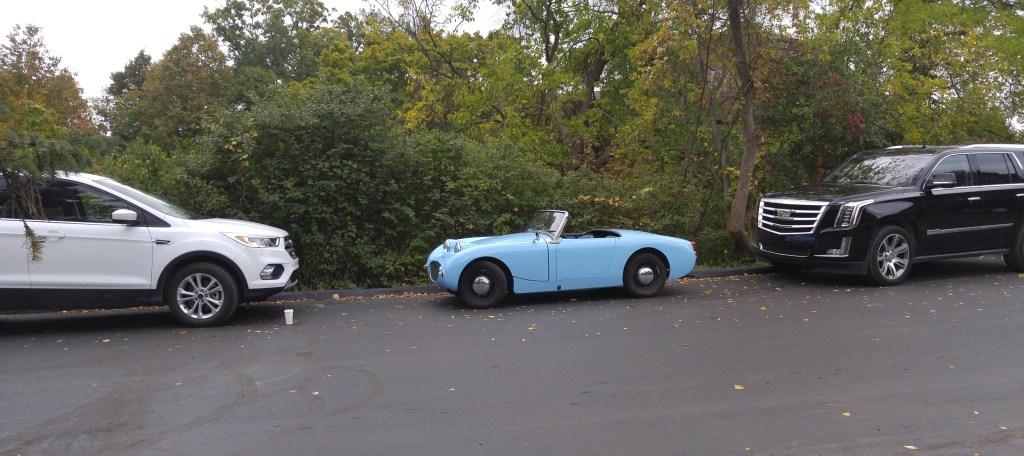
In keeping with their inexpensive origins, an Austin-Healey Sprite is a fairly affordable, easily-maintainable classic car. Although MkI cars, due to their appearance, are usually more expensive, they’re not ruinously so.
A mechanically-perfect MkI, Hagerty reports, would only command about $30,000. Even Donna Mae Mims’ car, with documented race history, only commanded $60,500 in 2016. And on Bring a Trailer, Sprites can usually be found for $10,000-$20,000.
So who will be the first to put a Miata powertrain into a Sprite?
Follow more updates from MotorBiscuit on our Facebook page.
